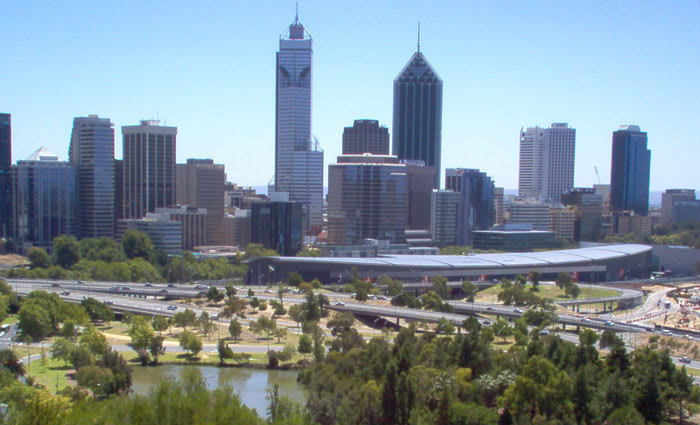Perth at a turning point as vacancy dips
Perth’s residential market is now at a turning point, according to a new report.
Vacancy is below the supply equilibrium at 3% and several market drivers - including a growing population, an improving WA economy on the back of a resurgent mining sector, and first home owner grants - are likely to underpin further demand, according to independent valuer and advisor m3property.
Commenting following the release of its latest National Residential Development 2019 report, m3property national director residential development, Luana Kenny, said the Perth market was no longer considered to be oversupplied.
"After peaking at 7.3% in June 2017, Perth dwelling vacancy fell to 2.8% in December 2018 which is below the supply equilibrium (according to REIWA)," said Kenny.
"While pockets of oversupply remain, Perth looks to have turned the corner.
"With the population growing at an average 32,000 people per annum and the potential for additional growth as a result of potential changes to Federal immigration policy and growth in the mining sector, the five year outlook is looking decidedly positive.
"We have already seen significant growth in lot prices since mid-2018 and that will ultimately drive up dwelling values."
She said house prices were expected to rise by 1% to 3% in 2019 and increase by 2% to 6% over the next five years, however new apartment supply, including the revitalisation of Elizabeth Quay, may result in an oversupply of apartments and a fall in prices in that sector over the medium-term.
According to the report population growth is expected to increase by 1% to 1.8% per annum until 2027 (22,800-42,700 people per annum), while changes to immigration policy designed to push new migrants out of Sydney and Melbourne may result in further increases keeping vacancy fairly stable over the next five years.
M3property national director research, Jennifer Williams, said Perth could well see more growth in land values driven by the WA Government’s focus on in-fill development sites.
"We have seen double digit growth in land values in the six months to December 2018, and with the State Government focused on infill development, which is expected to limit the release of greenfield sites, we may see further upward pressure on land values over the next five years," Williams said.
She said demand for infill land is expected to account for around 45% of new sites by 2023 according to the WA government.
"Higher price points are likely to make infill developments more attractive to developers and authorities looking to capitalise on existing infrastructure and that should result in upward pressure on dwelling values," Ms Williams said.
Williams said the First Home Owners (FHO) Grant was still available in WA.
As of November 2018, first home buyers accounted for 25% of dwelling finance according to the ABS, and was expected to continue to rise as a percentage of total buyers in Perth, accounting for 27% of all dwelling finance approvals by late 2019.
"The FHO grant will be another factor that will help to drive price growth in 2019 as buyers seek to take advantage of a greater level of affordability in the market," Williams said.
